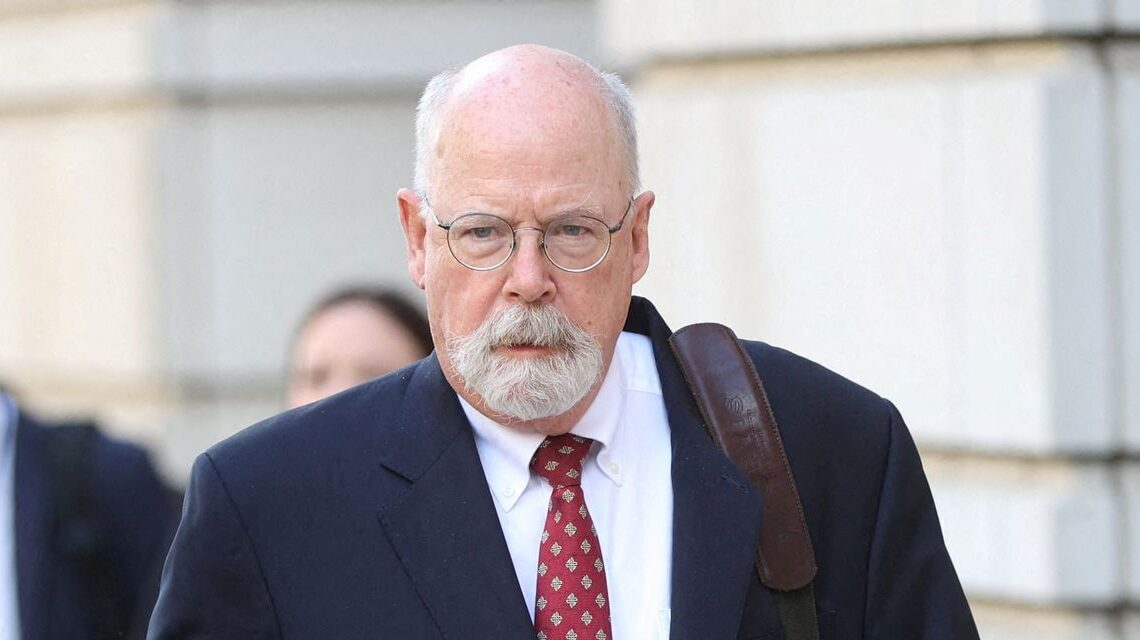Throw in a few real names and places to make your inventions believable and people will believe them. This is the method of many a disgraced journalist such as the
Jayson Blair
and the Washington Post’s
Janet Cooke.
It was the method of the Steele dossier fabulists
Igor Danchenko
and his boss
Christopher Steele.
But missing from the list is the most consequential fabricator of all, whoever dreamed up the presumably fake email exchange between then-Democratic Party chief Rep.
Debbie Wasserman Schultz
and activist
Leonard Benardo
of the Open Society Foundation. This imaginary exchange may have made
president.
The fictitious email referred to a presumably equally fictitious conversation between the Clinton campaign’s
Amanda Renteria
and
Obama
Attorney General
Loretta Lynch
about making sure the Clinton server investigation didn’t “go too far.” The words found their way into a Russian intelligence document, which found its way to the FBI, becoming the justification for FBI chief
James Comey’s
chaotic actions in the 2016 election.
The rest may be history but it’s ignored history except in this column and in a top-secret Justice Department inspector general’s report—which the inspector general himself in testimony before Congress unsuccessfully urged be made public.
Well, if the New York Times on Friday is right, one question has been answered. What the FBI didn’t do, the special counsel
John Durham
apparently did, using his investigative powers to examine Mr. Benardo’s communications and confirm that the alleged email was indeed spurious.
This is important for reasons unrelated to any point the New York Times wants to make, which consist of well-worn evasions about the Russia collusion hoax. Example: As long as the FBI decision to open an investigation based on collusion allegations can be justified, no other questions about the FBI’s actions, or about the actions of Democrats and the media in promoting the collusion canard, need…
Click Here to Read the Full Original Article at RSSOpinion…

